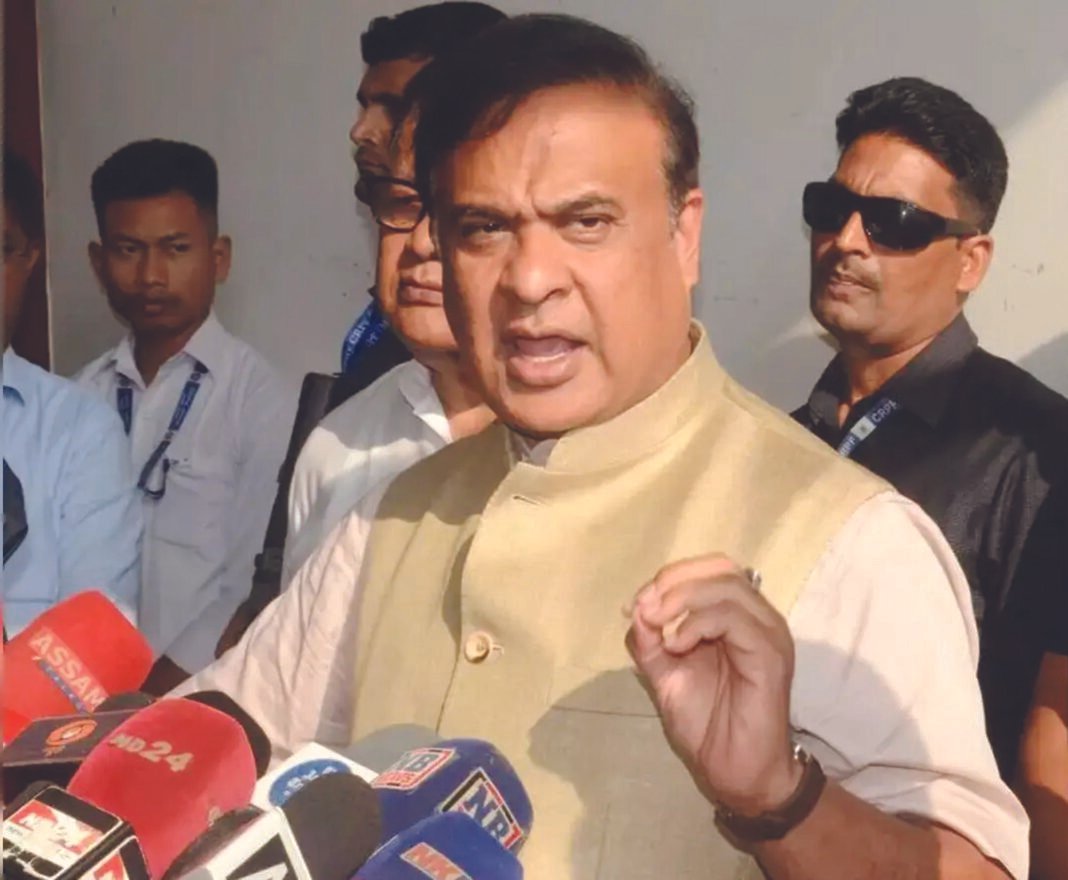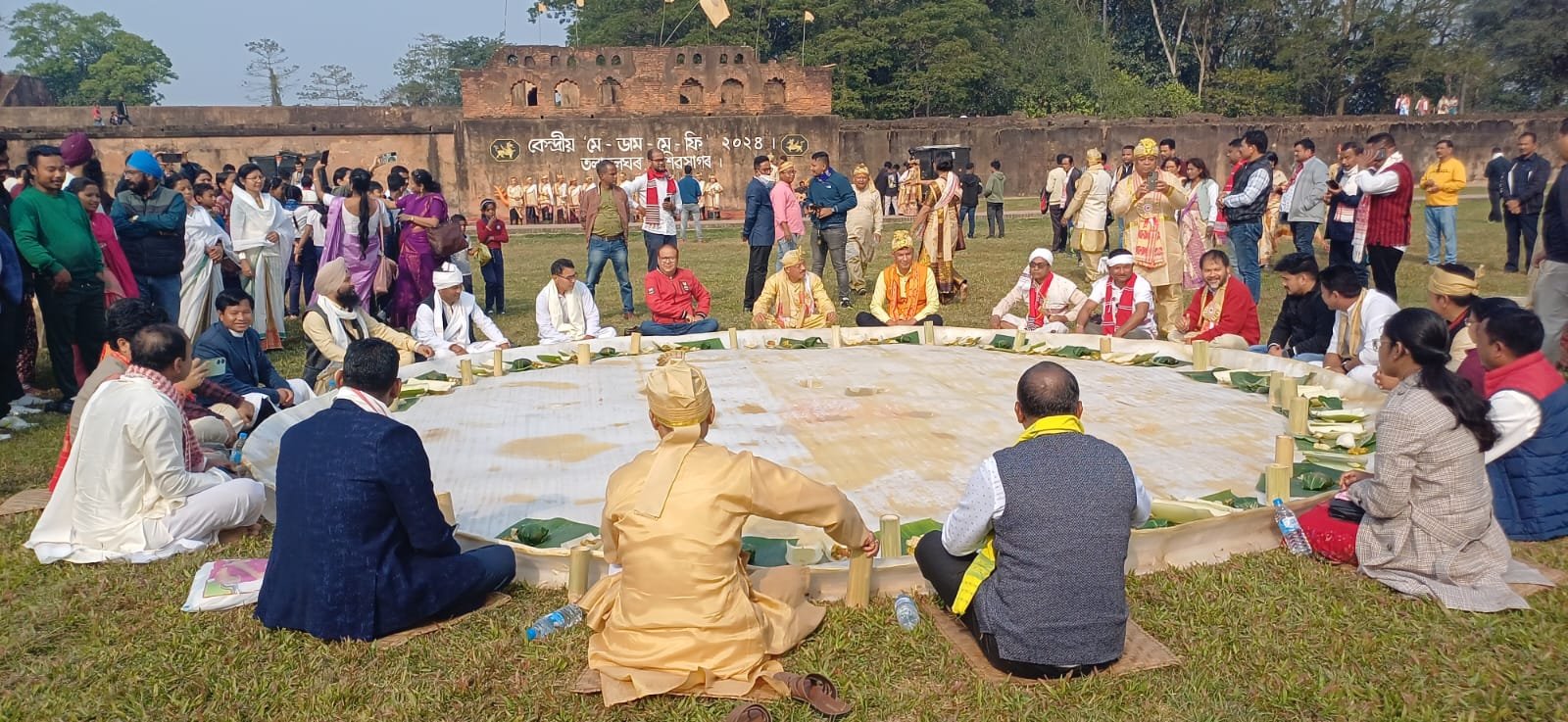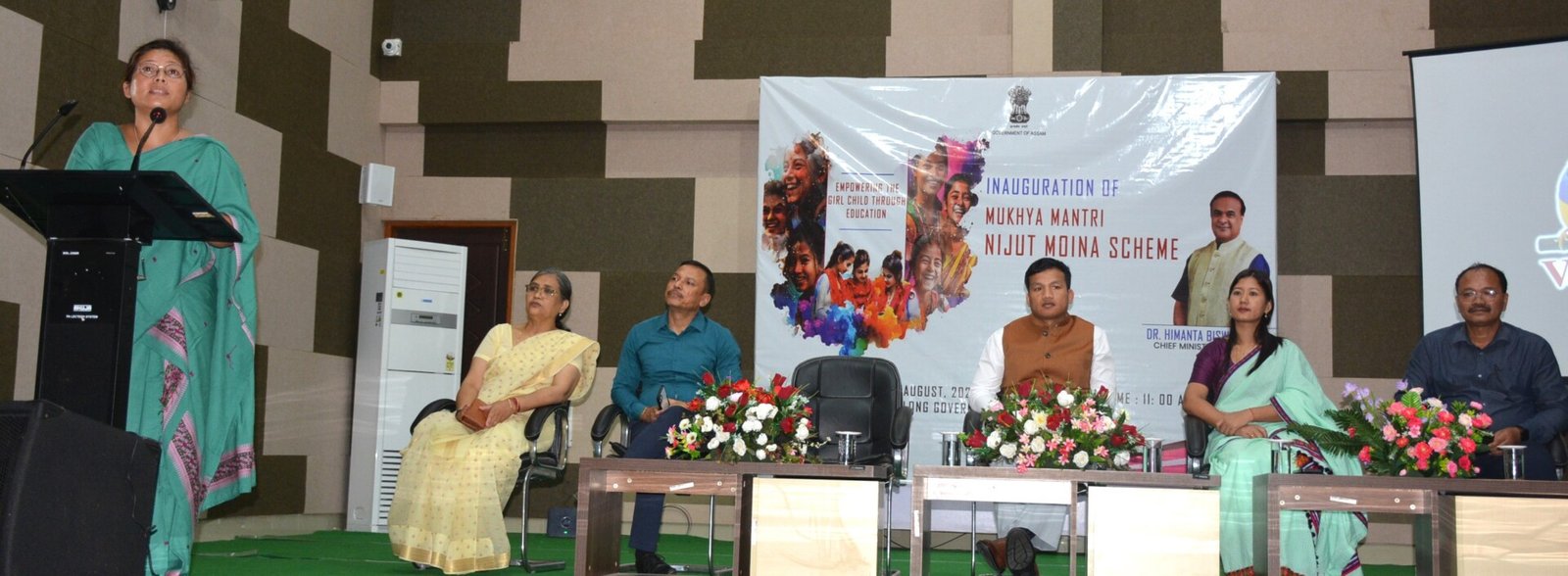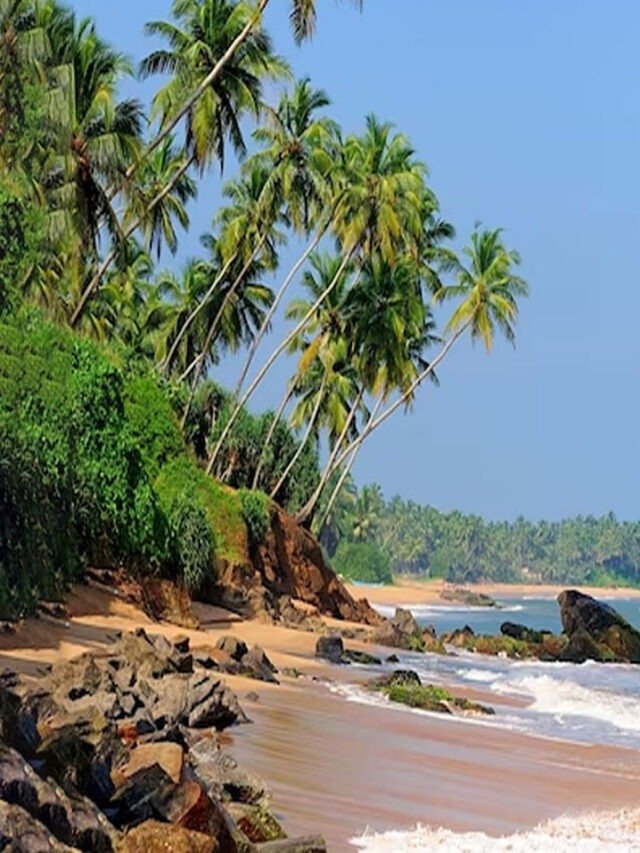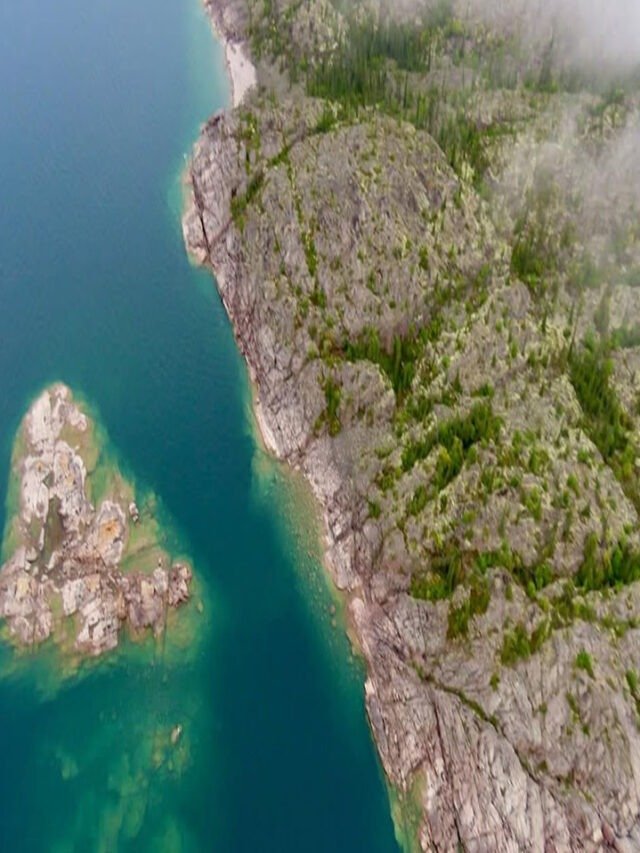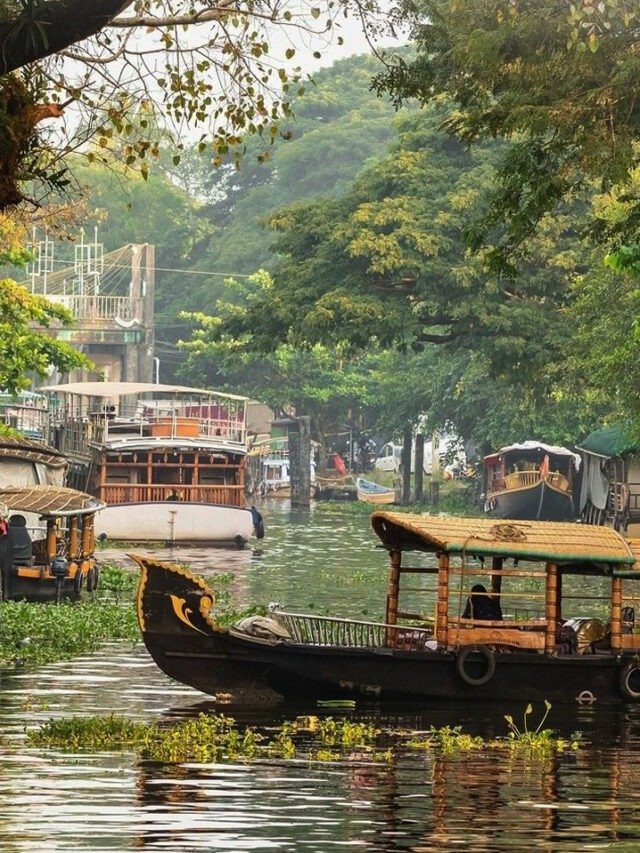HT DIGITAL
GUWAHATI, JULY 22: Assam Chief Minister Himanta Biswa Sarma said on July 21 that there was no cause for alarm in the short term regarding China’s new $167.8 billion hydropower scheme on the Brahmaputra River.
Speaking to the media in Guwahati, Sarma recognized the uncertainty about the long-term effects of the project but pointed out that the Brahmaputra is not entirely reliant on Tibetan sources. I am not concerned in the short term because Brahmaputra is a powerful river and it is not linked to a single source (of water),” he said.
His observations come after China announced a mega hydropower project in Nyingchi City, Tibet—just north of the India-China border in Arunachal Pradesh. Chinese Premier Li Qiang had inaugurated the construction two days ago. The ambitious initiative includes the construction of five cascade hydropower plants and is projected to produce more than 300 billion kilowatt-hours of power per year, sufficient for over 300 million inhabitants. The venture will be larger than China’s own Three Gorges Dam.
Even as it holds economic promise, the project has troubled environmentalists, hydrology specialists, and Indian and Bangladeshi policymakers. Concerns revolve around the threat that China may change the natural flow of the river, which could impact water availability and enhance the susceptibility of downstream areas to adverse effects during times of geopolitical tension.
When questioned about the possible effect on Assam, Sarma was diplomatic. “It is not yet seen whether it will be good or bad,” he said. He noted that Brahmaputra gets most of its water from Arunachal Pradesh, Bhutan, and domestic rainfall, not just from the Tibetan plateau. “Brahmaputra gets most of its waters from Bhutan, Arunachal Pradesh, and the rainwater and other sources of water from our state itself,” he said.
Sarma also pointed out that there are differing scientific opinions about the possible impacts of such a massive dam. “If the flow of Brahmaputra is altered by China, then possibly there will be less water and so therefore biodiversity will be impacted,” he explained. “But then there is a contrary opinion that if water comes in smaller quantity, it will also serve as a flood buffer. So, I don’t know which is true.”
Adding to the apprehensions, the dam is being built in a geologically faulted area with a history of high seismicity. Situated at the point where the Brahmaputra makes a sharp U-bend from Tibet to Arunachal Pradesh, the region is one of the highest rainfall and most seismically active in the world.
The geopolitical implications of the scheme are also important. Experts point out that China might make use of the dam to regulate water flow during times of war. To counter this, India is planning its own hydropower on the Brahmaputra in Arunachal Pradesh, interpreted by most as a strategic response.
With respect to whether the central government gets involved, Sarma replied, “I am sure that the Centre must already be having a discussion with China or will have a discussion with the neighbour country.” He went on to state that the central government “is a better judge on this issue” and will take appropriate action.
India and China currently engage on water-related issues through the Expert Level Mechanism (ELM), established in 2006. The platform facilitates dialogue and hydrological data sharing. The Brahmaputra has featured in several high-level talks, including the December 2024 meeting between India’s National Security Adviser Ajit Doval and Chinese Foreign Minister Wang Yi.


